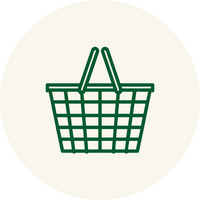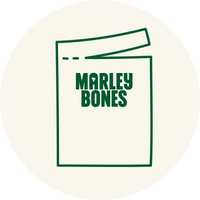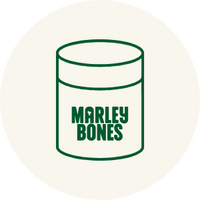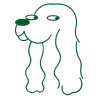Obsidian Digital
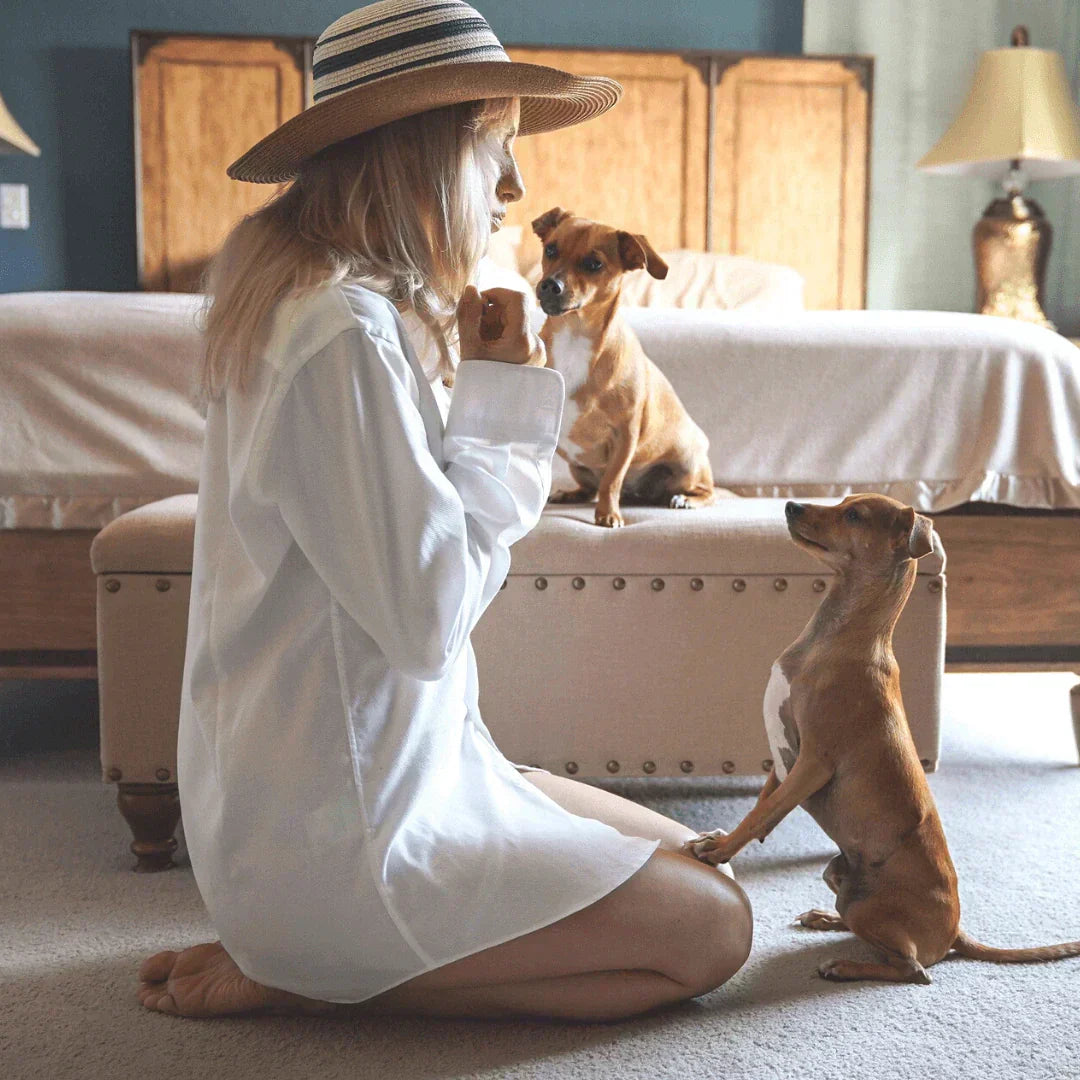
Obsidian Digital
Teach your dog how to twist and spin
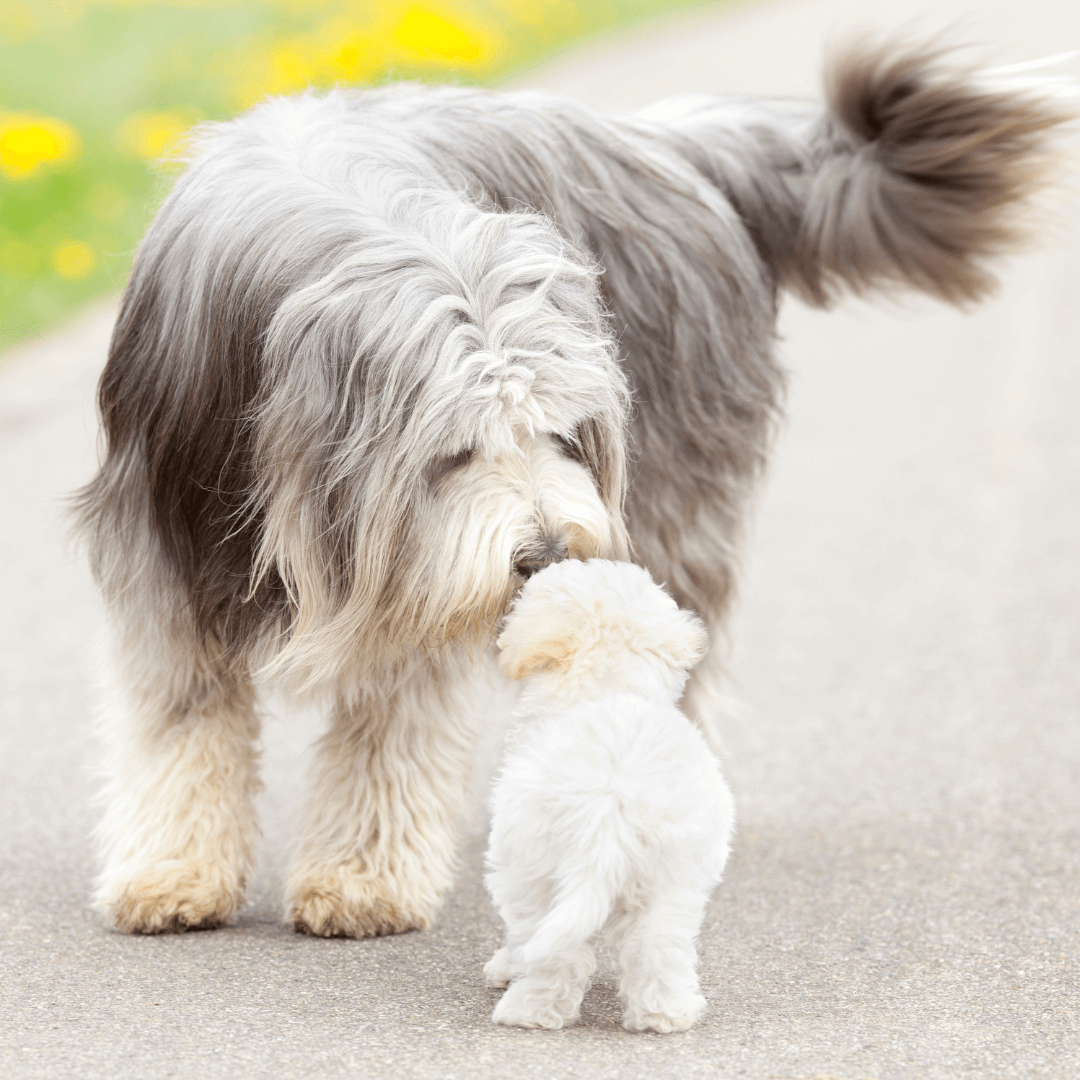
Obsidian Digital
How to socialise your puppy

Obsidian Digital
Managing Separation Anxiety in Dogs: Tips and Strategies
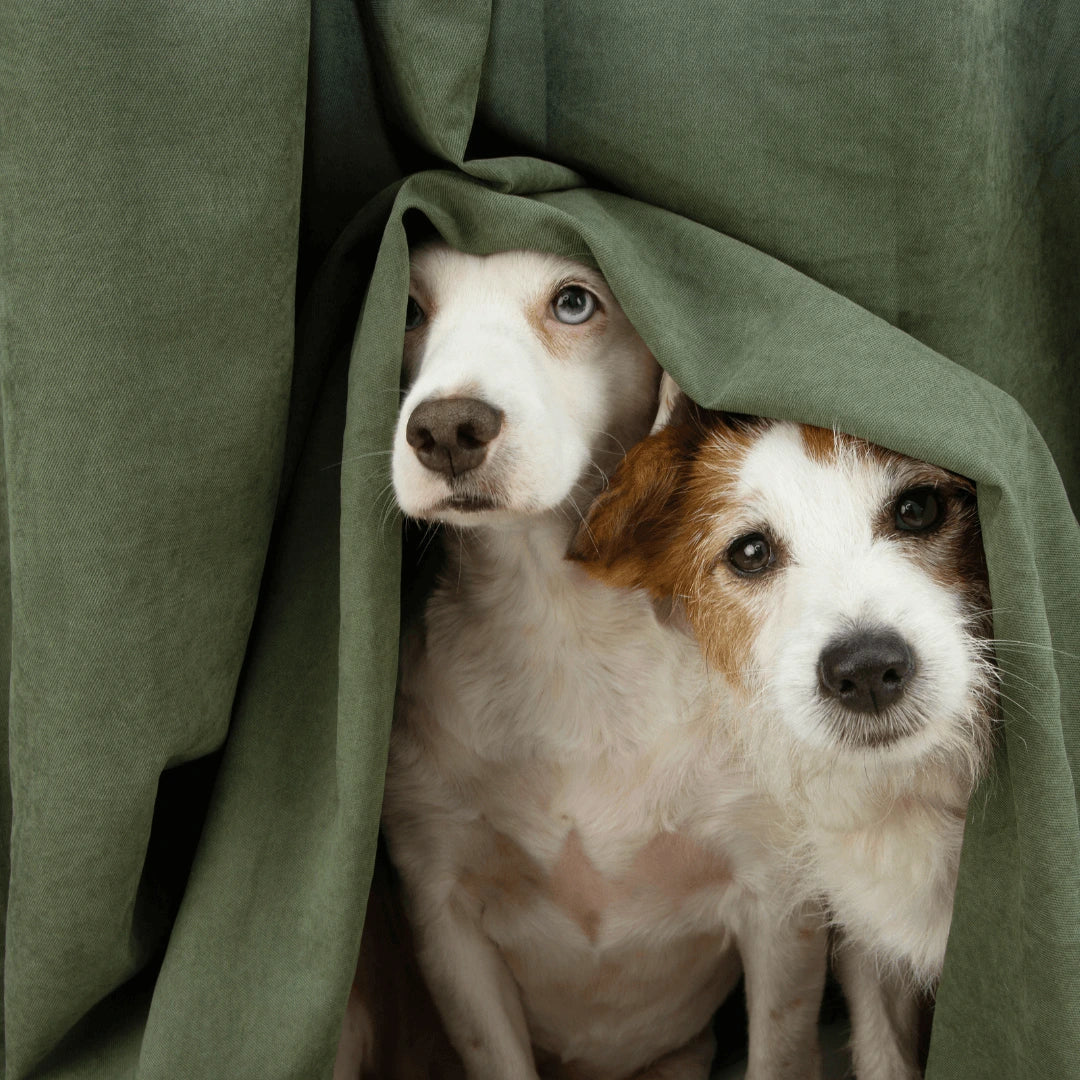
Josephine Bager
Dealing with dog anxiety and stress
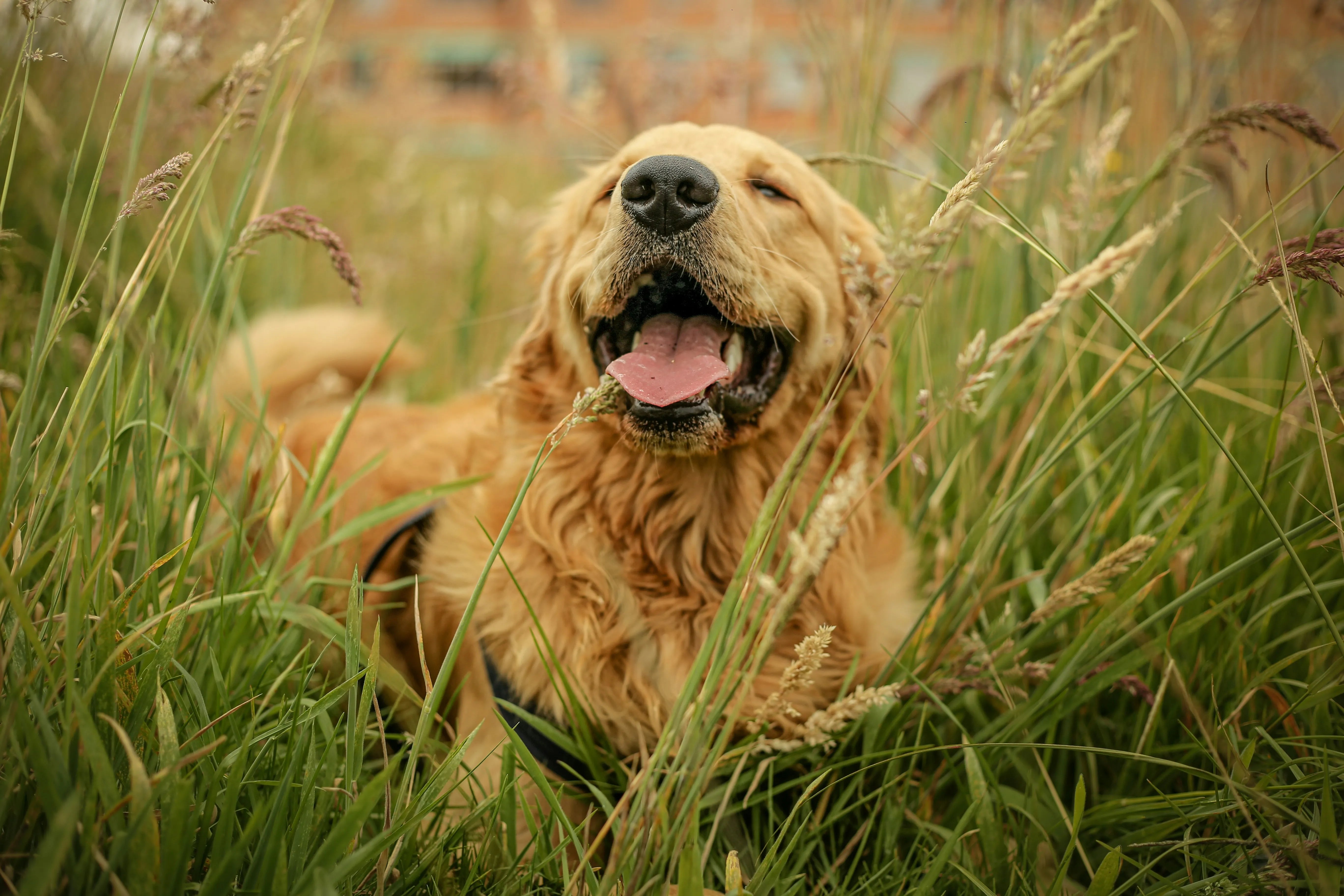
Obsidian Digital
Why Do Dogs Foam At The Mouth: Understanding Canine Oral Health
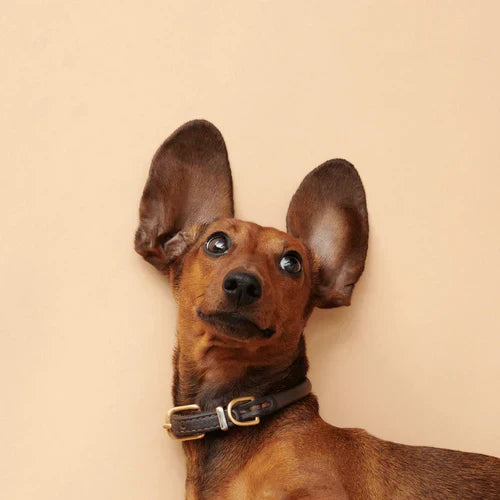
Obsidian Digital
Teach your dog the perfect recall
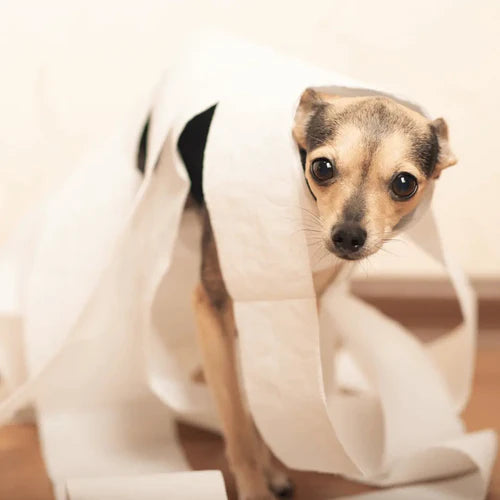
Obsidian Digital
Puppy Toilet Training 101
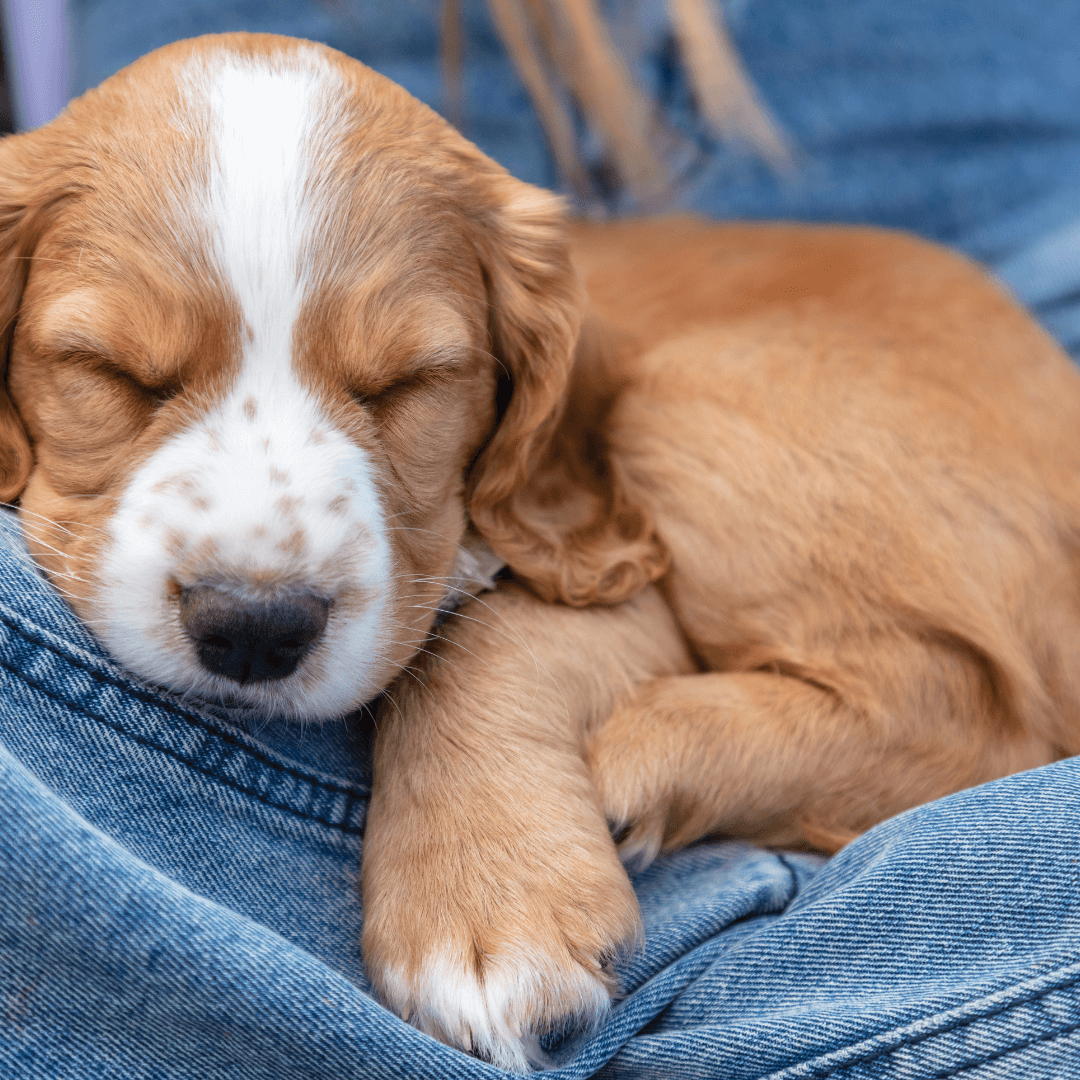
Josephine Bager
The ultimate guide to help your puppy sleep through the night

Josephine Bager
